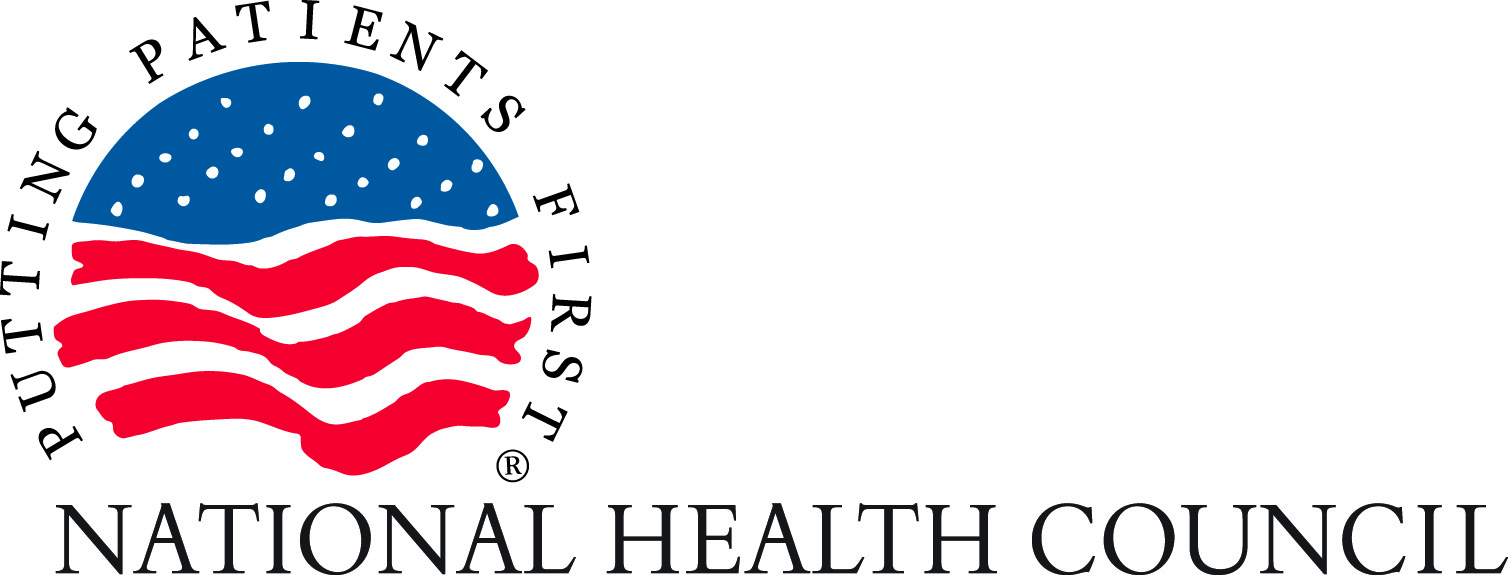Consent Designed For Patients By Patients: A New Consent Standard For Patients Participating In Life-Saving Research
- Event Date: Mar. 05, 2020
- Event Time: 2:00 p.m.
- Event Location:
This webinar featured a presentation on a new approach to informed consent that enables patients to have choice, control, and transparency over the data they contribute to clinical research studies. Richie Etwaru, Founder of Hu-manity.co, and Angela Radcliffe, R&D Practice Lead for Capgemini Invent, Founding Member, CoS, IEEE Global Initiative to Standardize Fairness in the Trade of Data, Advisory Board Member to Startup in Life Science, discussed how a group of data ethicists are working with leading research and standards institutions to develop a standardized framework for Intentional Consent, a new concept that gives patients the ability to choose how their data can be used, who can use it, and what they can expect in return for their participation, both during a research study and after it has ended. The discussion included the important role of patient engagement in this effort and how patient organizations can become engaged as leading contributors to the development of the Standardized Intentional Consent Framework for all patients.
On a March 5 webinar, Richie Etwaru, Chief Executive Officer of Hu-manity.co, and Angela Radcliffe, R&D, Practice Lead, Capegemini Invent, introduced the participants to the difference between traditional informed consent and new thinking about intentional consent. This new approach to informed consent enables patients to have choice and control, with transparency regarding the data they contribute to clinical studies.
In traditional informed consent, individuals usually know they are signing an important document, but they do not necessarily understand what the document says or its implications on their privacy. They may not have sufficient time to review lengthy documents. The language may not be understandable to them. The decision to sign the document is typically binary; one can choose to agree to the terms or choose not to. By not agreeing the person would then will be unable to access the service, participate in a study, or be part of other activities.
In contrast, intentional consent allows patients autonomy over what data can be used, who can use it, and what they can expect in return for their participation during a research study and after it has ended. Intentional consent is characterized by:
- Clarity – I can easily understand what is being exchanged.
- Courtesy – My legal language literacy level is respected.
- Control – I can say when and how my data is shared.
- Continuous – I can change my consent over time.
During the webinar, Etwaru and Radcliffe defined many of the terms and policies that should be included in a document with intentional consent and emphasized the importance of the patient’s understanding of these terms. When defining the parameters of a contract, intentional consent involves an ongoing conversation among stakeholders and patients. Intentional consent is an important goal to be achieved for patients and research.
